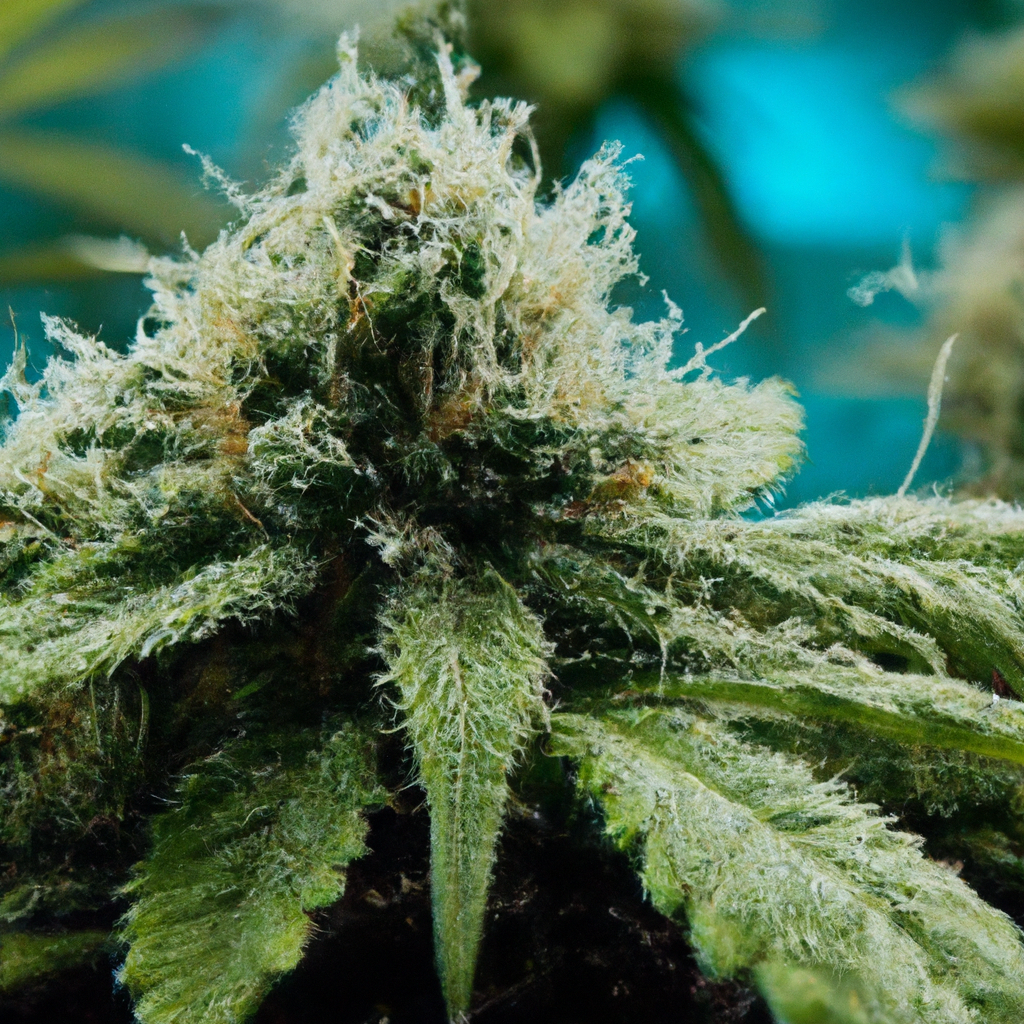Your cart is currently empty!
The world of cannabis cultivation is as diverse as it is intriguing. With a growing focus on sustainable practices, many cultivators are turning to the natural world for inspiration and innovation. One of the most exciting areas of exploration is the symbiotic relationships between cannabis plants and other organisms. These interactions can significantly enhance growth, improve soil health, and boost overall yields.
The Magic of Symbiotic Relationships
Symbiosis refers to the interaction between different species living in close physical proximity, often to the advantage of one or both parties. In the context of cannabis cultivation, this can include relationships with bacteria, fungi, and even beneficial insects. Understanding these interactions allows cultivators to create more productive and resilient ecosystems.
Mycorrhizal Fungi: Nature’s Networking Masters
Mycorrhizal fungi form a crucial symbiotic relationship with cannabis roots. These fungi extend the root system, allowing the plant to absorb more nutrients and water. In return, the plant provides the fungi with carbohydrates. This partnership not only boosts plant growth but also improves resistance to stress and disease.
Leveraging Beneficial Microbes
Introducing beneficial microbes into the soil can create a supportive environment for cannabis plants. These microorganisms help with nutrient cycling and can suppress soil-borne diseases. By maintaining a healthy soil microbiome, cultivators can enhance plant health without relying on chemical fertilizers or pesticides.
- Bacteria: Nitrogen-fixing bacteria can convert atmospheric nitrogen into forms that plants can use, fostering stronger and more robust growth.
- Compost Tea: This is a microbe-rich brew that can be applied to the soil or as a foliar spray, promoting microbial diversity and plant wellbeing.
Insect Allies: Nature’s Pest Control
Certain beneficial insects can play a pivotal role in a cannabis garden. Ladybugs, for example, are natural predators of aphids, a common cannabis pest. By encouraging these insects, growers can reduce the need for chemical pest control, promoting a healthier ecosystem.
Creating a Symbiotic Garden
Establishing a symbiotic cannabis garden involves understanding the specific needs of your plants and the environment they grow in. Here are some steps to get started:
- Introduce mycorrhizal fungi at the planting stage to strengthen root networks.
- Apply compost tea regularly to enrich the soil microbiome.
- Encourage beneficial insects by planting companion species that attract them.
- Monitor your garden and adapt practices according to plant health and growing conditions.
Conclusion
Embracing the power of symbiotic relationships in cannabis cultivation offers a path towards more sustainable and productive growing methods. By integrating natural allies like fungi, microbes, and insects into the cultivation process, growers can enjoy healthier plants and enhanced yields. This is not just a method for the eco-conscious; it’s a savvy strategy for those aiming to optimize their harvest.
As more cultivators delve into the benefits of symbiotic relationships, the potential for innovation in cannabis growing seems limitless.
Explore this natural approach to embrace healthier, more resilient cannabis plants and transform your growing experience.
Discover more from Magic Clones
Subscribe to get the latest posts sent to your email.


Leave a Reply